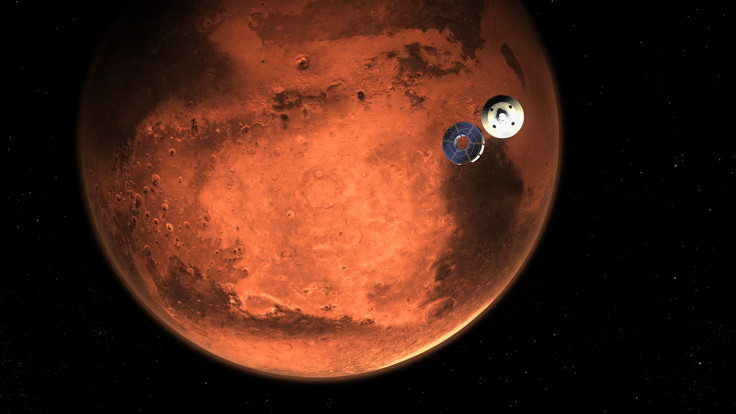Perseverance Pays Off: NASA Lands Most Advanced Mars Rover Yet
And you think you have a rough commute. NASA on Thursday touched down its Perseverance rover on Mars, completing a 293-million-mile trek over 203 days.
The Perseverance rover mission aims to collect Mars samples and return them to Earth. The rover landed at Jezero Crater at 3:55 p.m.
"This landing is one of those pivotal moments for NASA, the United States and space exploration globally – when we know we are on the cusp of discovery and sharpening our pencils, so to speak, to rewrite the textbooks," acting NASA administrator Steve Jurczyk said. "The Mars 2020 Perseverance mission embodies our nation's spirit of persevering even in the most challenging of situation, inspiring, and advancing science and exploration.
"The mission itself personifies the human ideal of persevering toward the future and will help us prepare for human exploration of the Red Planet in the 2030s."
The six-wheeled rover is the most advanced of its kind launched by NASA. There was a tense 11½ minutes at Jet Propulsion Laboratory in Pasadena, California, waiting for the rover to send its first signal from the surface of the red planet.
It is the third visit to Mars in a little more than a week. Spacecraft from the United Arab Emirates and China assumed orbit around Mars on back-to-back days last week. The three missions all launched in July when Earth and Mars were in close alignment.
Perseverance is the size of a car and powered by plutonium. The landing site at Jezero Crater was the smallest attempted by NASA, a strip five miles by four miles on an ancient river delta pits, cliffs and fields of rock.
Scientists want to prove a theory with the Perseverance mission. They hypothesize if life flourished on Mars, it would have happened 3 billion to 4 billion years ago when water still flowed on the planet. If there is proof, it will be in the river delta.

© Copyright IBTimes 2025. All rights reserved.





















